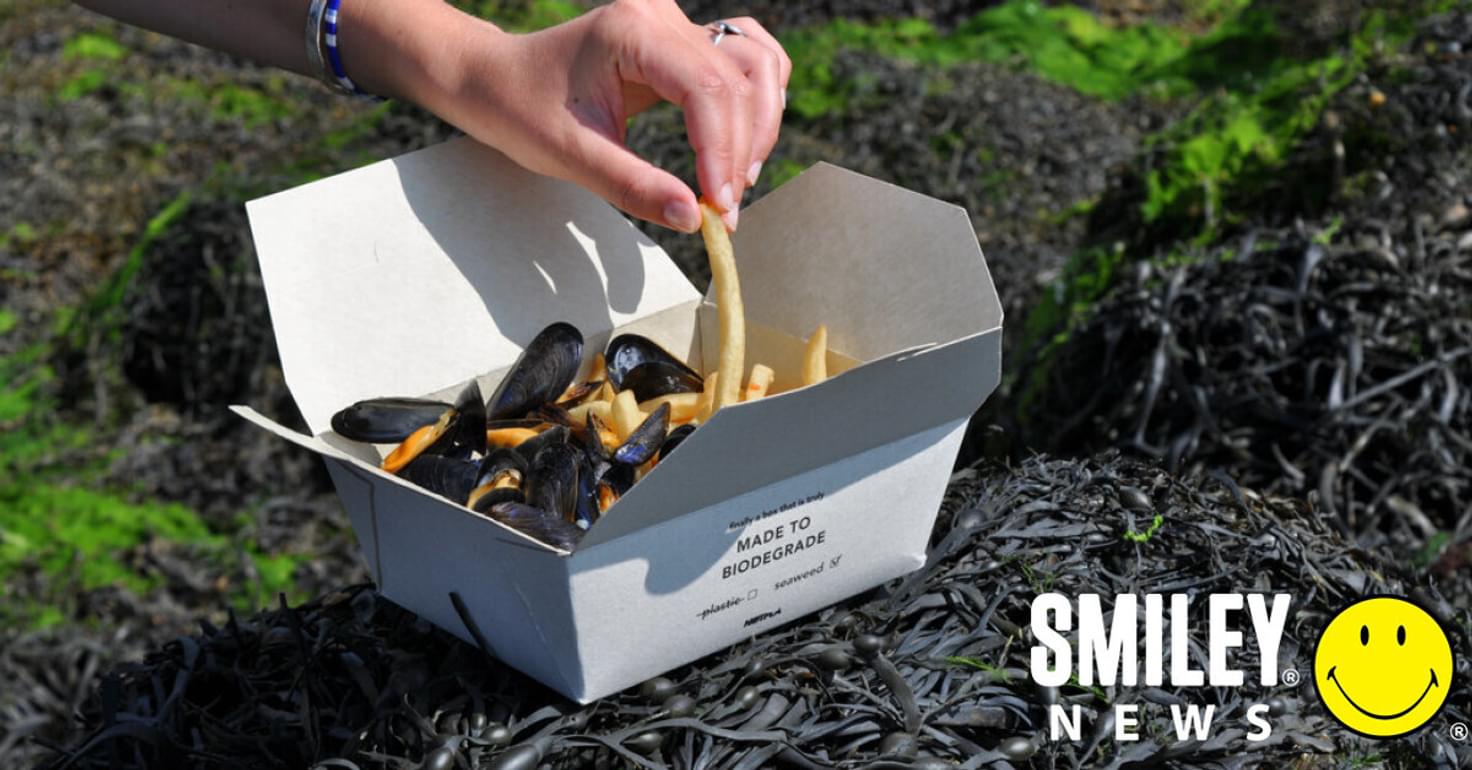
Words by Smiley Team
It’s in our oceans, it’s in our food, and now it’s even in our bodies. Plastic pollution is a growing problem for life on earth, taking hundreds of years to decompose. But the good news is there are alternatives out there to replace this damaging material.
Among them, plastic alternative Notpla emerged from a laboratory in South Africa in 2014. Skipping Rocks Lab uses seaweed to produce all sorts of plastic alternatives. Ranging from clingfilm, to soft plastic packaging, their creations are designed to replace the single use plastics damaging our environment.
[Read more: Meet the plastic-hunting 'pirates']
“We try to make plastic packaging disappear,” explained one of the co-founders of Skipping Rocks Lab, Rodrigo Garcia. “To do this we work together with entrepreneurs, scientists, engineers, trying to find new natural solutions that can be an alternative to single use plastics.”
“Back in 2014 we started trying to find alternatives for plastic and trying to get inspiration from nature. So we were looking at how nature tries to contain liquids in different ways,” he added.
The lab’s main aim is to assist companies wanting to adopt innovative forms of packaging made from natural materials that can biodegrade quickly.
Their first product, Ooho, is a membrane made from seaweed that can contain any kind of liquid. But it’s not just biodegradable - it’s also edible.
[Read more: Lidl removes one billion pieces of plastic]
They’ve also developed alternatives to takeaway containers. In collaboration with Just Eat, they introduced seaweed-lined boxes to three restaurant partners in London last year. The move will have prevented about 3,600 plastic containers from entering the city’s disposal and recycling system.
Looking to the future, their chief financial officer, Lise Honsinger said: “We hope to now move on to lining cardboard boxes that will be used for takeaway packaging, and one day to producing cling films that might be used as a replacement for plastic cling film or nets to put in groups and so many other things. So this is just a start for us.”
For more information visit notpla.com.